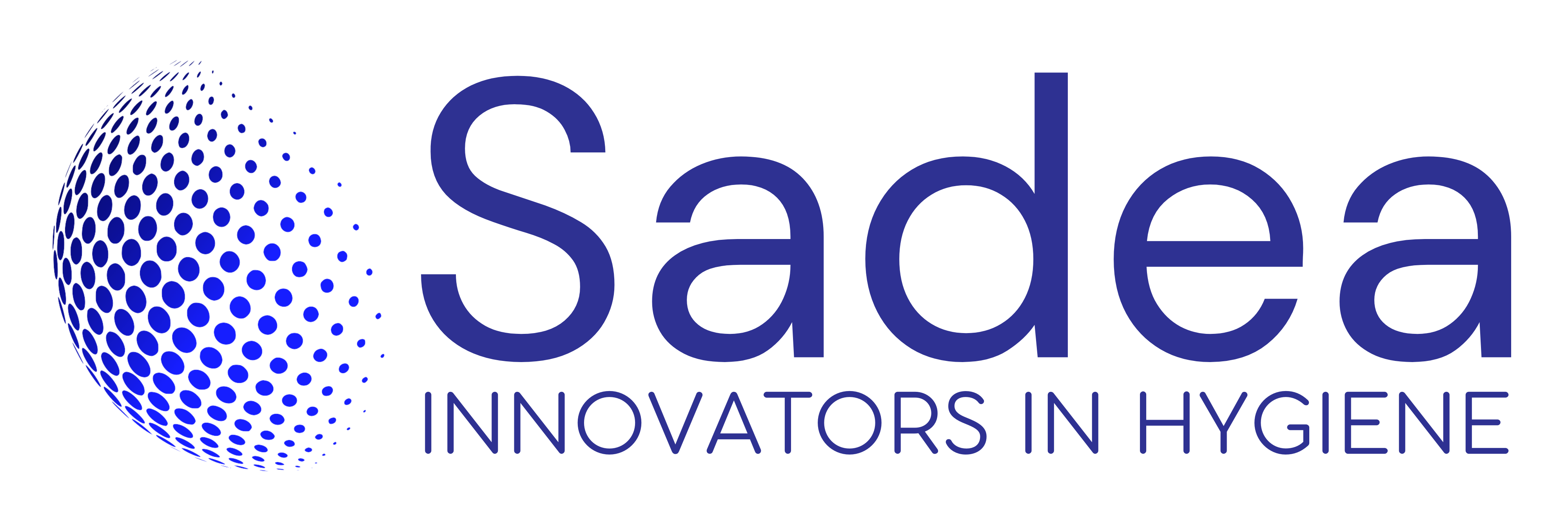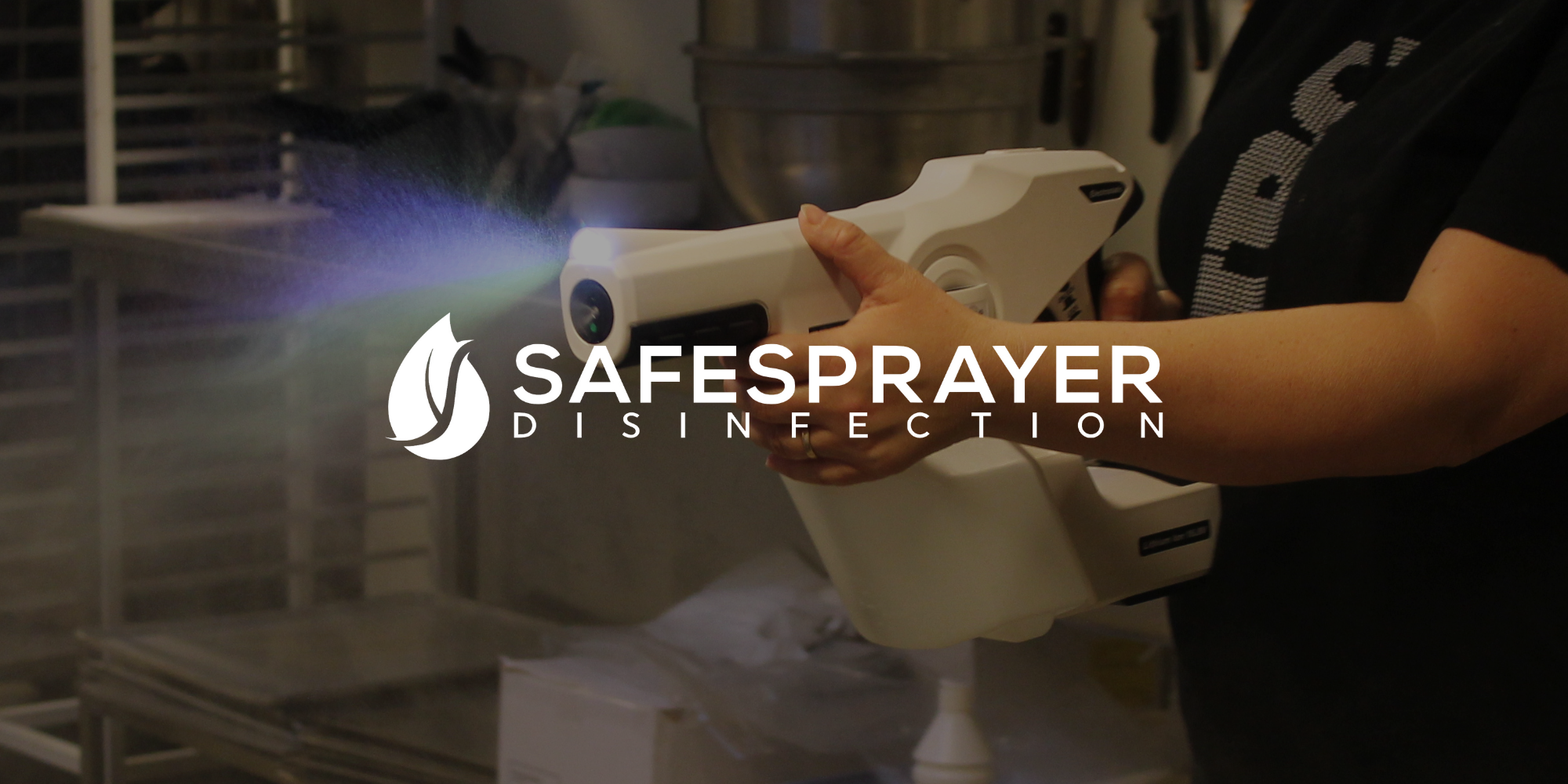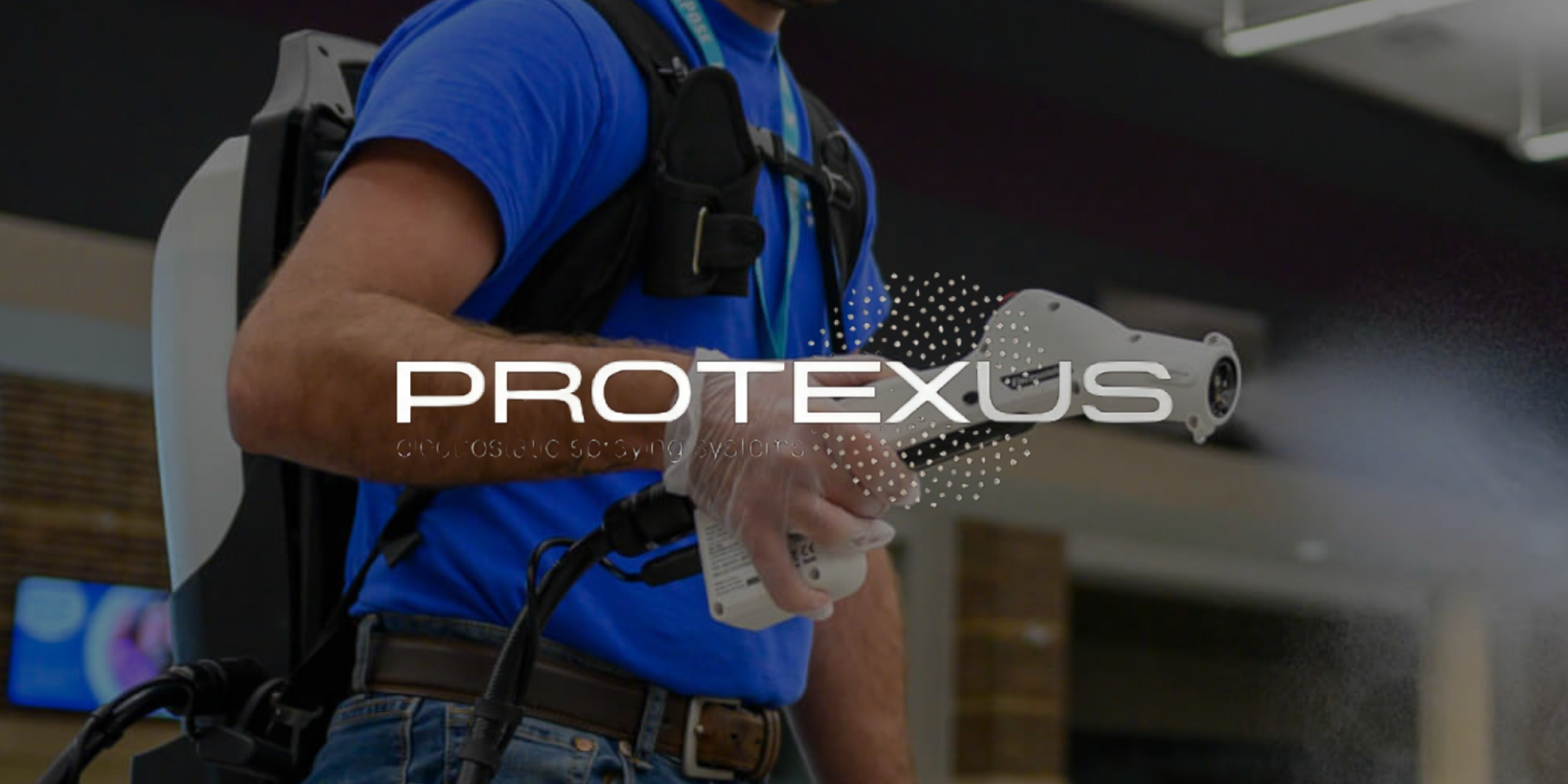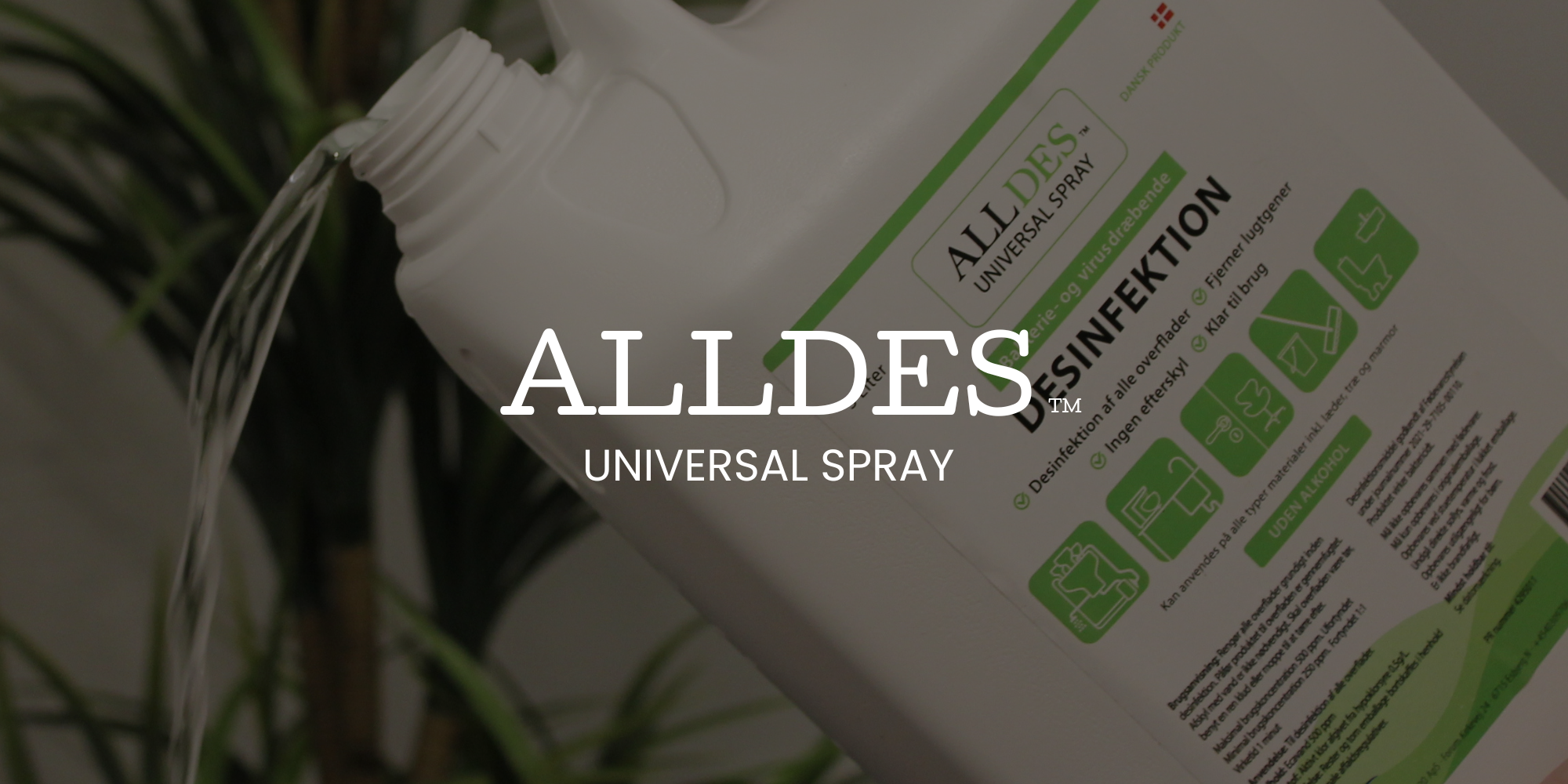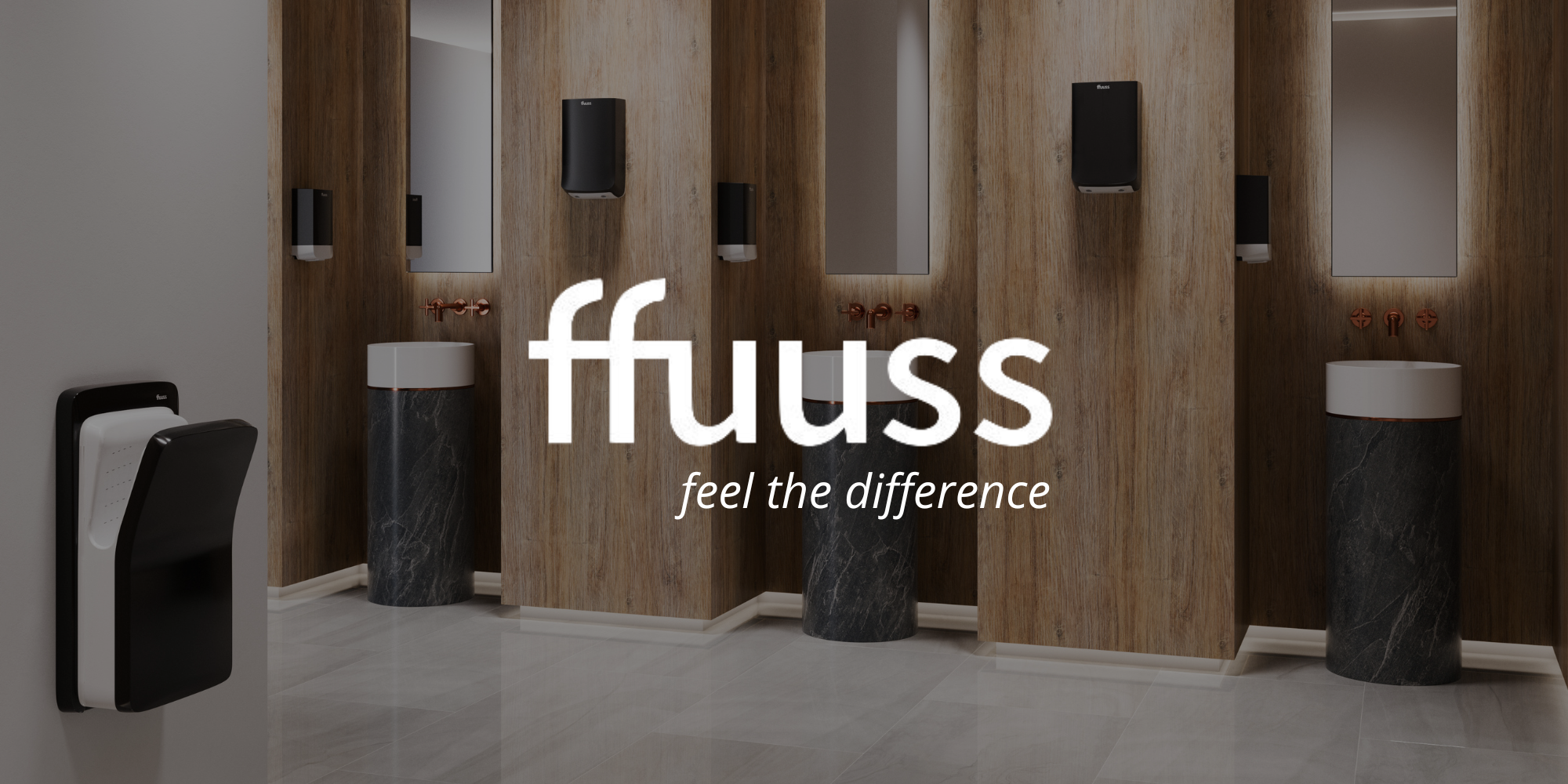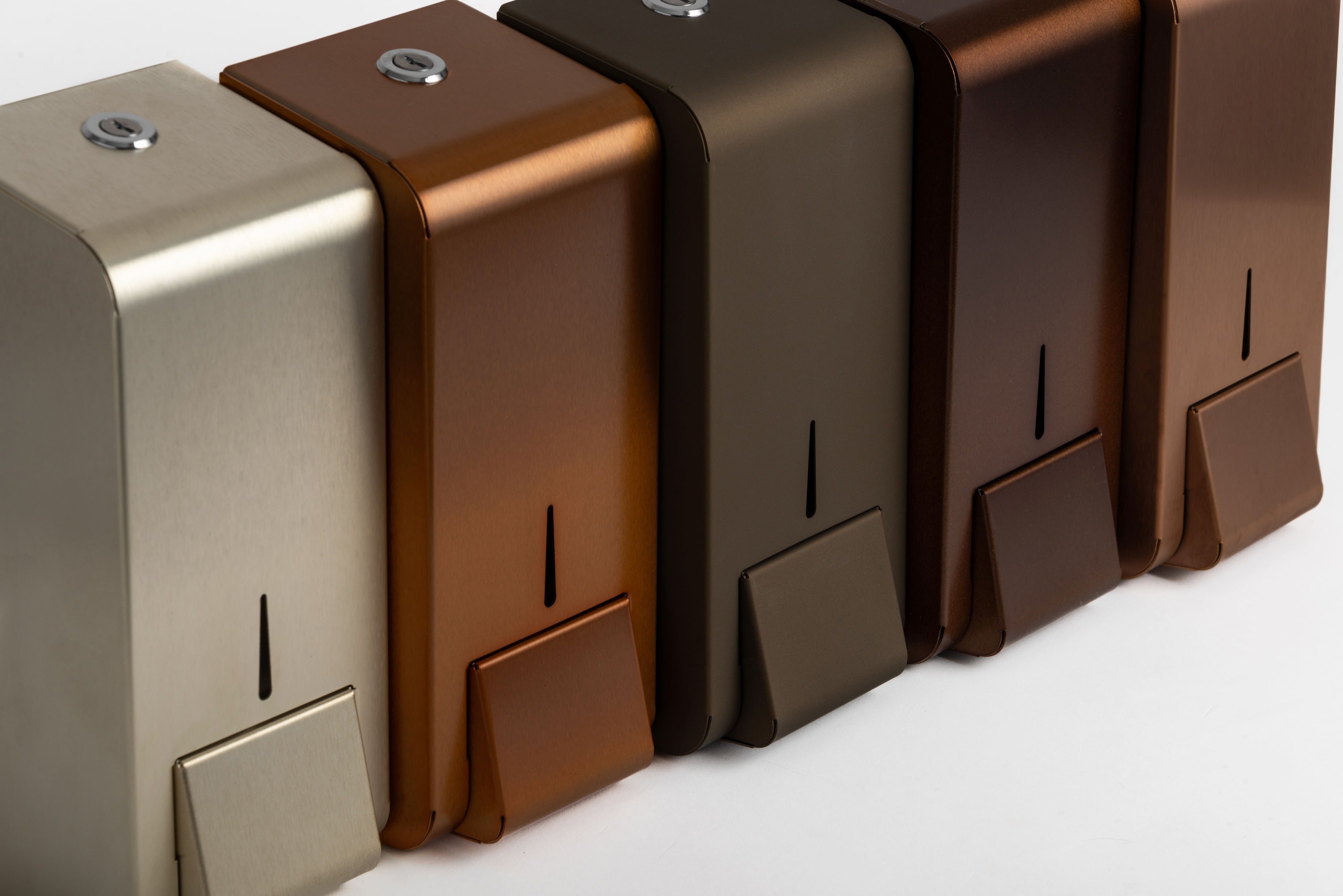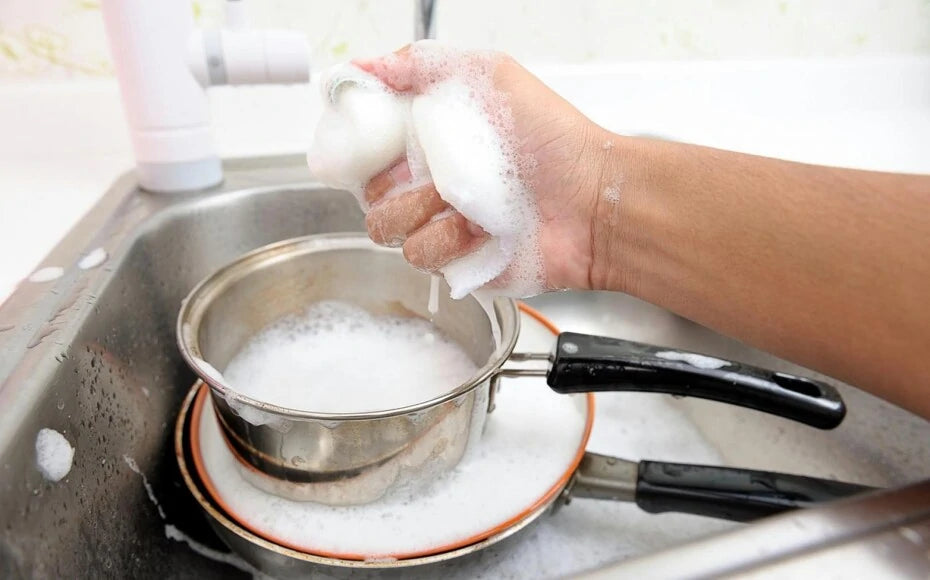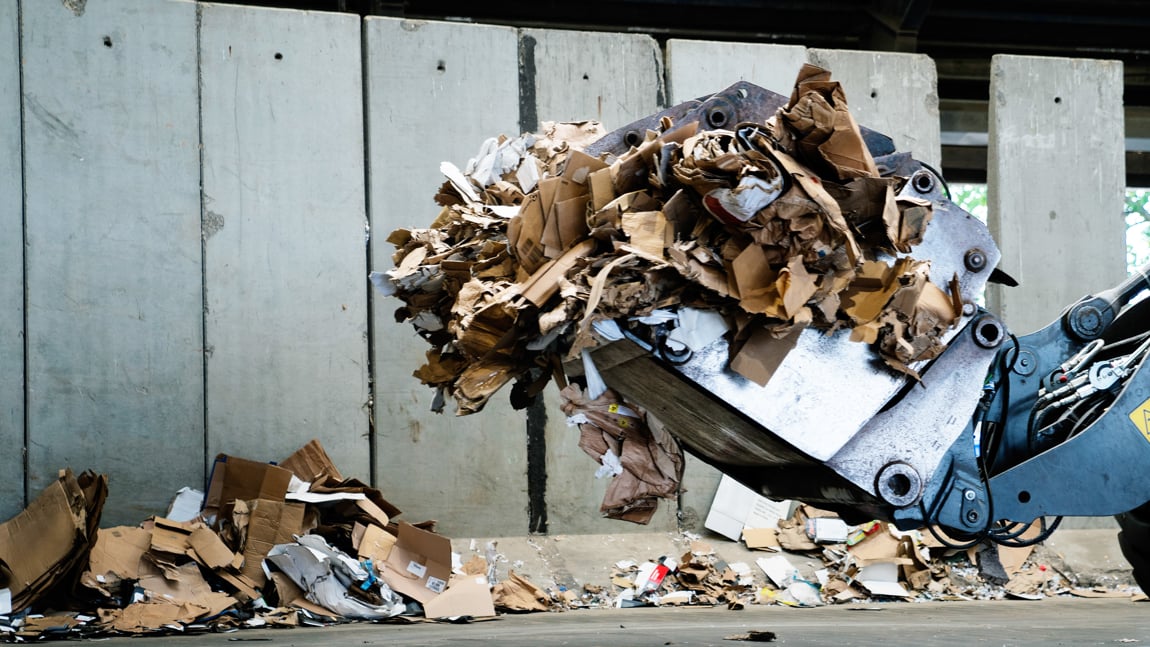When pests such as rats, mice, cockroaches or bed bugs invade your home or business, it is not only an annoying nuisance, but also a health risk. After controlling these pests, it is essential to carry out a thorough disinfection to ensure that all traces of pests have been removed and that your environment is safe again. In this blog post we will review why disinfection is necessary, how to prevent pests and how to effectively fight them.
Why is disinfection after pests necessary?
Pests can carry a number of diseases and bacteria that can be harmful to humans. As they move around, they leave traces of faeces, urine and saliva which can contaminate surfaces and food. Some of the health hazards that pests can cause include:
- Salmonella and E. coli from rats and mice
- Allergens and asthma triggers from cockroaches
- Infectious diseases from bites and stinging insects
After a pest control, it is therefore important to disinfect the area thoroughly to eliminate these dangers.
How do you prevent pests?
Prevention is always better than cure. Here are some basic steps you can take to prevent pests from invading your home or business:
- Keep it clean: Regular cleaning and removal of food scraps can make it less attractive to pests.
- Tight cracks and crevices: Pests can find their way in through even the smallest holes. Sealing cracks and crevices in walls, floors and around pipes can help keep them out.
- Store food properly: Use tight-fitting containers to store food, and make sure garbage cans have tight-fitting lids.
- Keep the area dry: Many pests thrive in moist environments. Repairing leaking pipes and using dehumidifiers can help reduce moisture.
- Regular inspections: Carry out regular inspections for signs of pests so you can take action quickly if they are detected.
How to effectively combat pests
If you have detected a pest infestation, it is important to act quickly and effectively. Here are some steps for effective control and subsequent disinfection:
- Identify the pests: First of all, you need to identify the type of pest, as different pests require different methods of control.
- Professional Help: Consider contacting a professional pest control professional. They have the expertise and tools to handle the problem safely and effectively.
- Use of pesticides: If you want to tackle the problem yourself, use suitable pesticides and traps that you, among other things, can be found here . Follow all instructions carefully to avoid risks to your own health and that of your family.
- Disinfect the area: After the pest control, thoroughly clean and disinfect all affected areas. Use cleaners and disinfectants suitable for removing bacteria and viruses, and pay particular attention to places where there are traces of pest feces or urine.
Frequently Asked Questions (FAQ):
1. How soon should I disinfect after a pest control? It is best to disinfect as soon as possible after control to minimize health risks.
2. Which products should I use for disinfection? Use disinfectants that are effective against bacteria and viruses, including ALLDES . Always follow the manufacturer's instructions for safe use.
3. Can I carry out the disinfection myself or should I hire a professional? It depends on the extent of the infestation and your comfort with the task. For minor problems, you can disinfect yourself, but for larger or more serious infestations, it may be best to hire a professional.
4. How often should I carry out preventive disinfection? Regular cleaning and maintenance should be part of your routine. For specific preventive disinfection, you can do it quarterly or semi-annually depending on the risk in your area.
5. How do I know if the disinfection has been effective? Use visual inspections and possibly test kits to ensure the area is free of bacteria and pest traces. If in doubt, you can also contact a professional for an assessment.
Keeping your home or business free of pests and their dangers requires both preventive measures and effective control and disinfection. By following these steps, you can ensure a healthy and safe environment for yourself and others.
